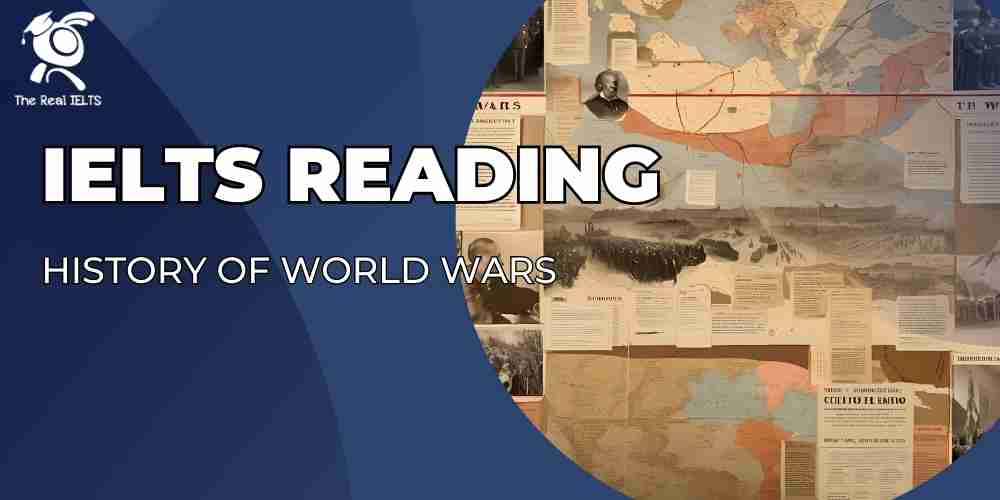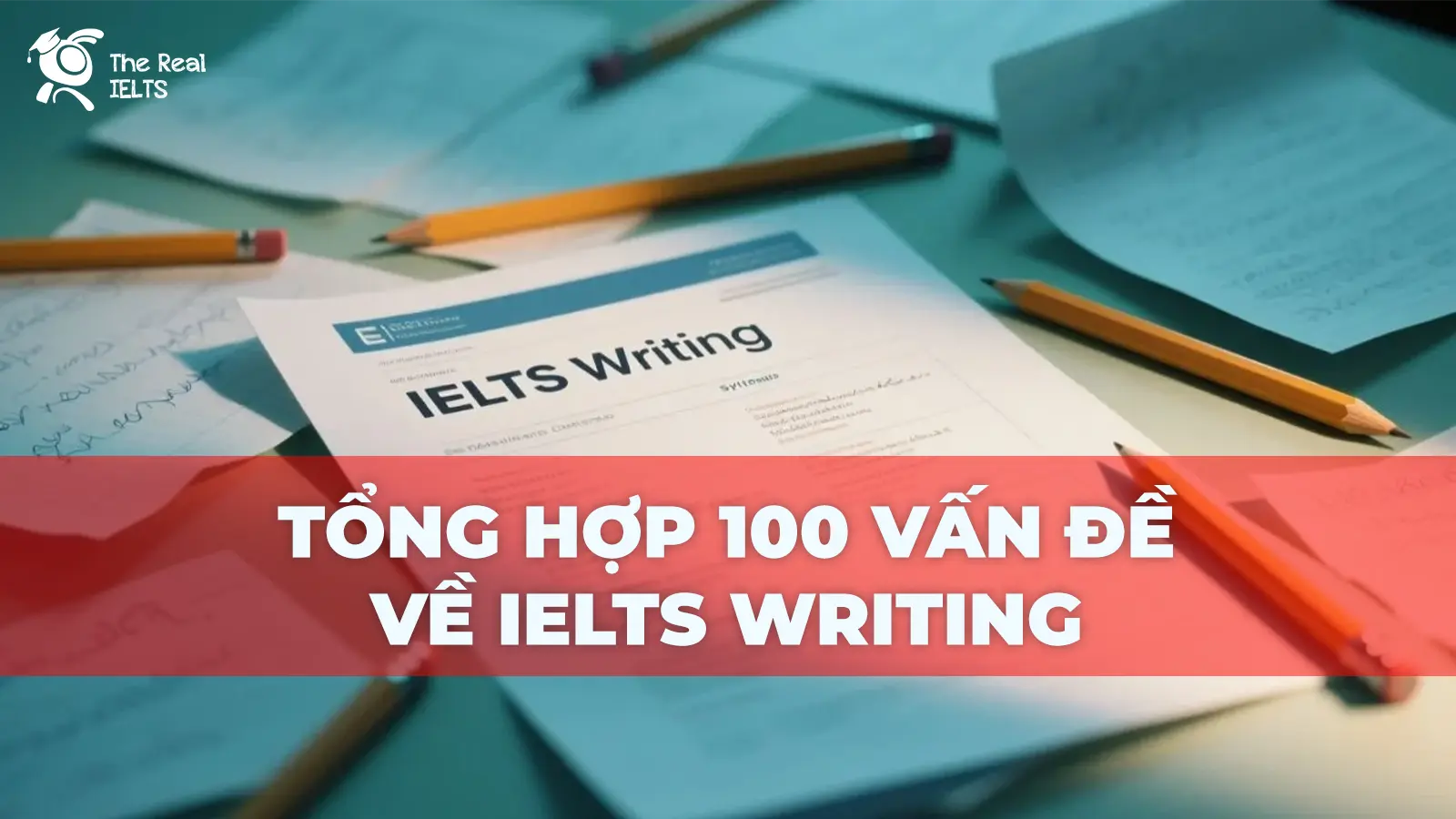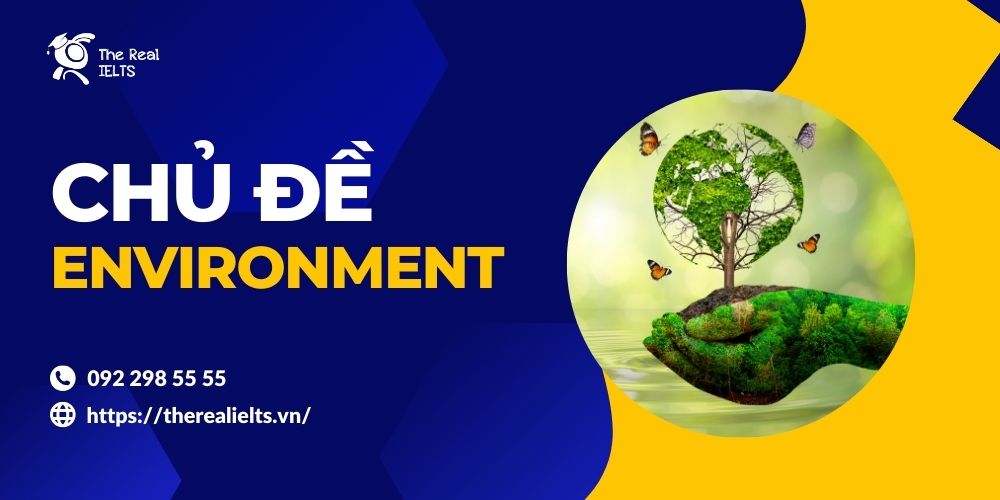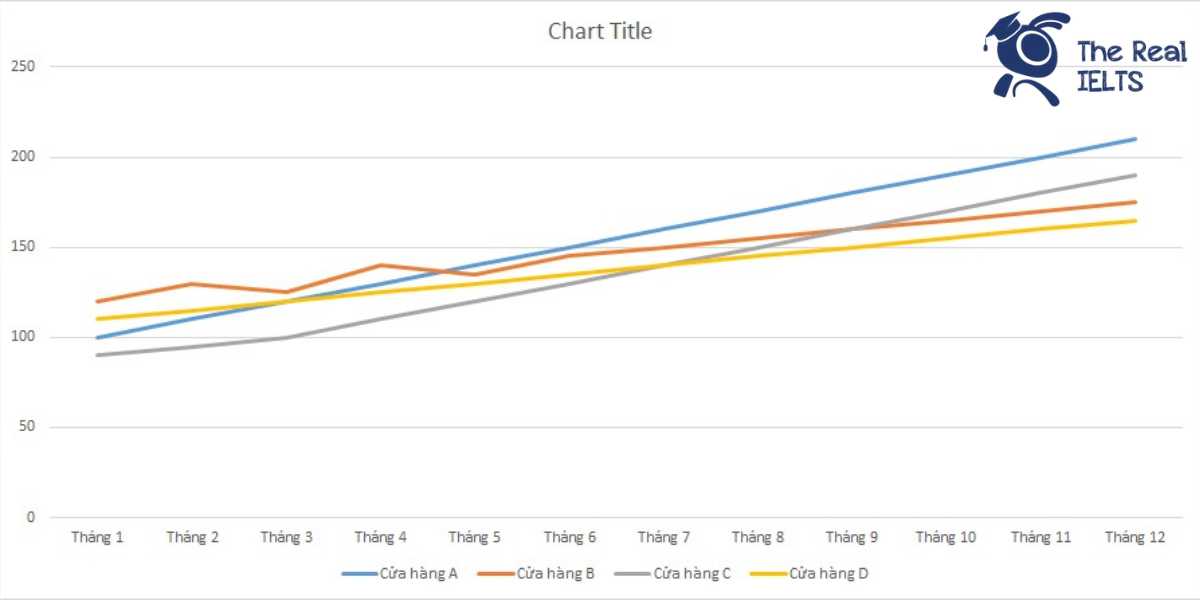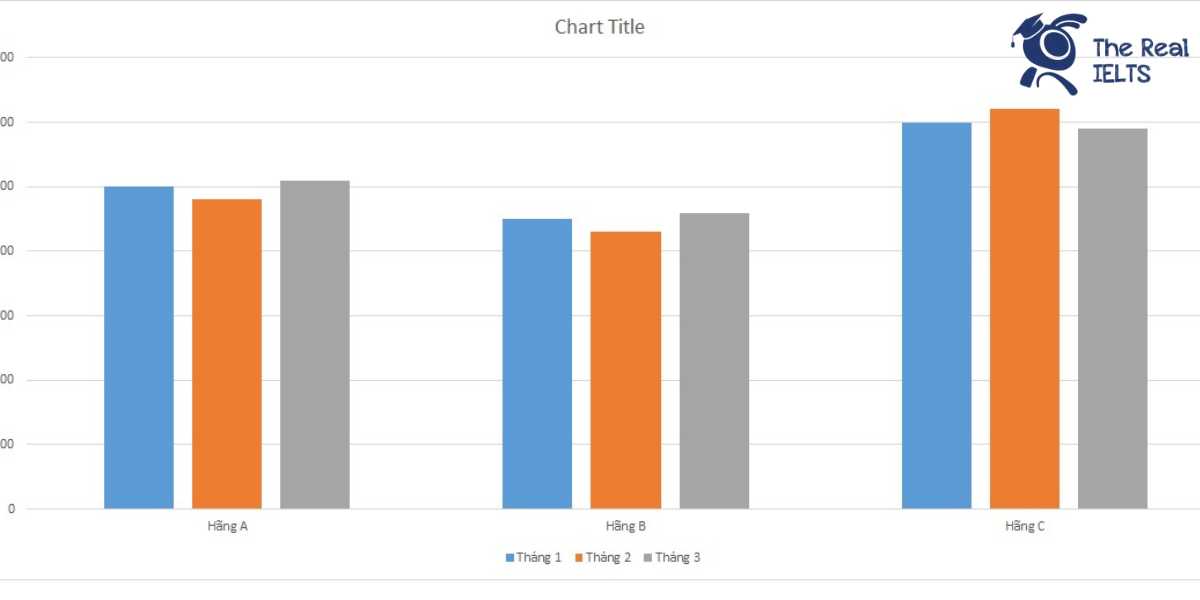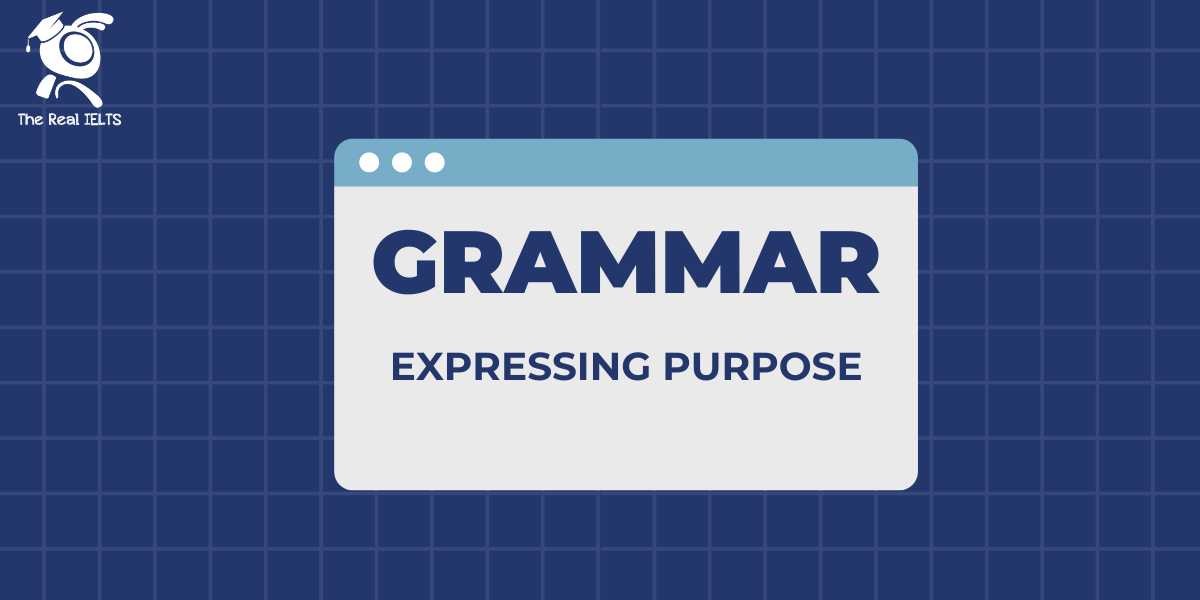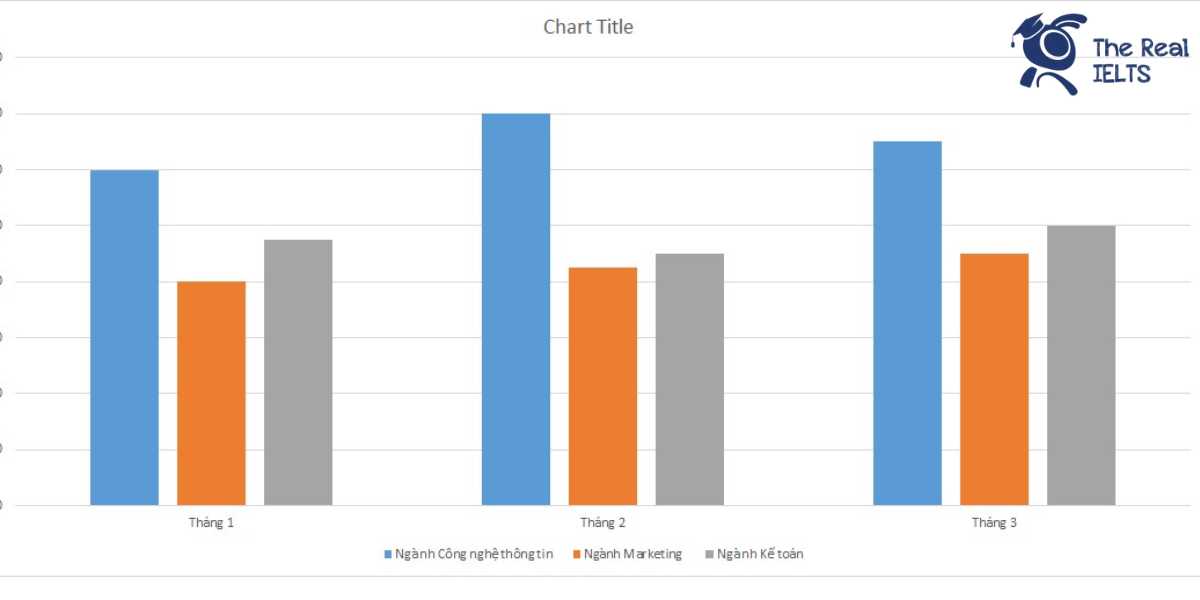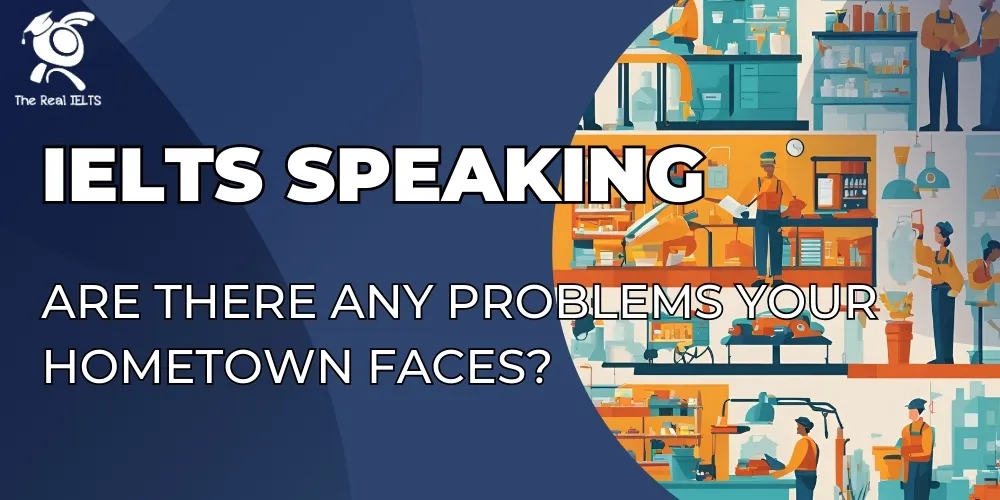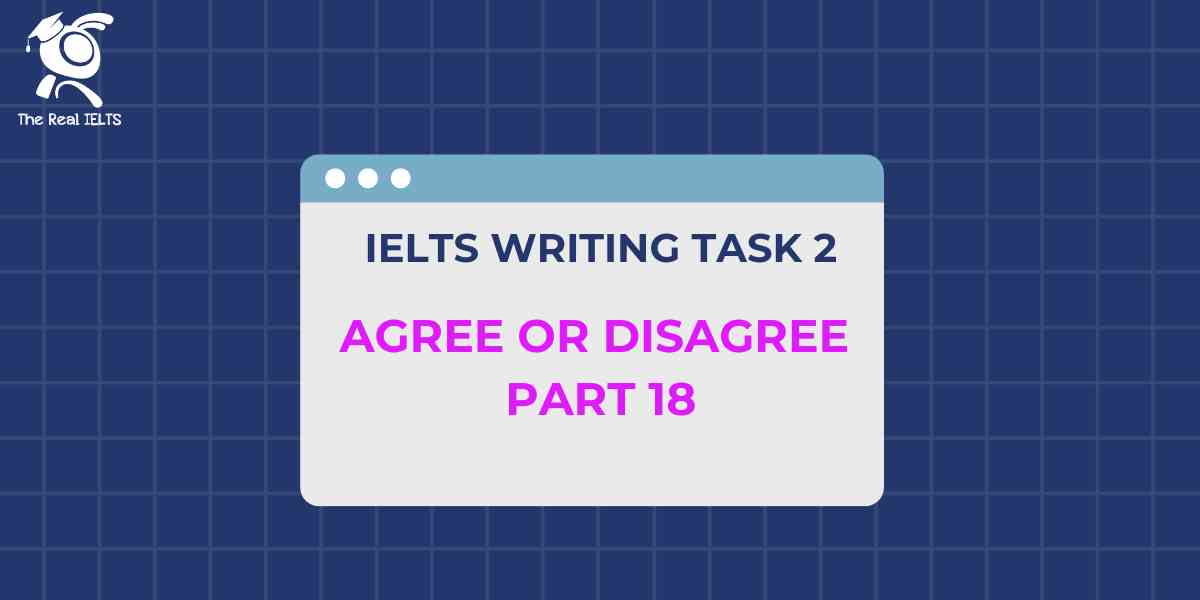IELTS Reading 45: History of world wars là chủ đề thuộc chuỗi bài luyện tập 11 dạng bài IELTS Reading và các bài tập luyện tập.
Học lại bài cũ: IELTS Reading 44: World cultural heritage.
IELTS Reading: History of world wars
The two World Wars significantly shaped the 20th century and had profound effects on the global landscape. The First World War, which lasted from 1914 to 1918, was primarily triggered by nationalistic tensions, imperial ambitions, and complex alliances among European powers. The war resulted in an unprecedented loss of life and introduced new military technologies, including tanks, aircraft, and chemical weapons. The Treaty of Versailles, which officially ended the war in 1919, imposed heavy reparations on Germany, sowing the seeds of discontent that would later contribute to the outbreak of the Second World War.
The Second World War, spanning from 1939 to 1945, was even more devastating. It was characterized by widespread atrocities, including the Holocaust, and the use of atomic bombs in Hiroshima and Nagasaki. The war began when Germany, led by Adolf Hitler, invaded Poland, prompting Britain and France to declare war. Unlike its predecessor, the Second World War was truly global, involving major powers from all continents. The establishment of the United Nations in 1945 aimed to prevent such a catastrophic conflict from occurring again and to promote international cooperation.
The aftermath of both wars saw significant geopolitical changes, including the rise of the United States and the Soviet Union as superpowers, the decolonization of Africa and Asia, and the beginning of the Cold War. Understanding the history of these wars is crucial for grasping the complexities of contemporary international relations and the ongoing challenges faced by nations worldwide.
Questions
1. Multiple Choice (Chọn đáp án đúng)
Câu hỏi: What was one of the main reasons for the outbreak of the First World War?
A. Economic recession
B. Nationalistic tensions
C. Technological advancements
D. Religious conflicts
2. True/False/Not Given (Đúng/Sai/Không có thông tin)
Câu hỏi: The Second World War was primarily fought in Europe.
Đáp án: False
3. Yes/No/Not Given (Có/Không/Không có thông tin)
Câu hỏi: The Treaty of Versailles aimed to foster international cooperation.
Đáp án: No
4. Matching Information (Ghép thông tin)
Câu hỏi: Match the following events to their corresponding descriptions:
- First World War
- Treaty of Versailles
- Second World War
- Establishment of the United Nations
Đáp án:
A. Resulted in heavy reparations for Germany
B. Introduced the use of atomic bombs
C. Lasted from 1914 to 1918
D. Aimed to prevent future conflicts
5. Matching Headings (Ghép tiêu đề)
Câu hỏi: Choose the appropriate heading for the following sections:
- Causes of the First World War
- Consequences of the Second World War
- The Treaty of Versailles
Đáp án:
A. The Aftermath of Global Conflict
B. The Role of Nationalism and Imperialism
C. Terms of Peace
6. Matching Sentence Endings (Ghép kết thúc câu)
Câu hỏi: The establishment of the United Nations aimed to…
A. prevent future wars
B. punish Germany
C. promote military alliances
D. expand empires
7. Sentence Completion (Hoàn thành câu)
Câu hỏi: The First World War introduced new military technologies such as ________ and ________.
Đáp án: tanks; chemical weapons
8. Summary Completion (Hoàn thành bản tóm tắt)
Câu hỏi: After the First and Second World Wars, significant geopolitical changes included the rise of ________ and ________ as superpowers.
Đáp án: United States; Soviet Union
9. Diagram Label Completion (Hoàn thành nhãn sơ đồ)
Câu hỏi: Complete the labels on the diagram representing the timeline of the World Wars.
- 1914-1918: ________
- 1939-1945: ________
Đáp án: First World War; Second World War
10. Short Answer Questions (Câu hỏi trả lời ngắn)
Câu hỏi: What major event marked the beginning of the Second World War?
Đáp án: Germany’s invasion of Poland
11. Table/Flowchart/Note Completion (Hoàn thành bảng/sơ đồ dòng/chú thích)
Câu hỏi: Fill in the table with the main outcomes of the World Wars.
| War | Main Outcome |
|---|---|
| First World War | ________ (e.g., Treaty of Versailles) |
| Second World War | ________ (e.g., Establishment of UN) |
Đáp án
1. Multiple Choice (Chọn đáp án đúng)
Câu hỏi: What was one of the main reasons for the outbreak of the First World War?
Đáp án: B. Nationalistic tensions
2. True/False/Not Given (Đúng/Sai/Không có thông tin)
Câu hỏi: The Second World War was primarily fought in Europe.
Đáp án: False
3. Yes/No/Not Given (Có/Không/Không có thông tin)
Câu hỏi: The Treaty of Versailles aimed to foster international cooperation.
Đáp án: No
4. Matching Information (Ghép thông tin)
Đáp án:
- First World War – C. Lasted from 1914 to 1918
- Treaty of Versailles – A. Resulted in heavy reparations for Germany
- Second World War – B. Introduced the use of atomic bombs
- Establishment of the United Nations – D. Aimed to prevent future conflicts
5. Matching Headings (Ghép tiêu đề)
Đáp án:
- Causes of the First World War – B. The Role of Nationalism and Imperialism
- Consequences of the Second World War – A. The Aftermath of Global Conflict
- The Treaty of Versailles – C. Terms of Peace
6. Matching Sentence Endings (Ghép kết thúc câu)
Đáp án: A. prevent future wars
7. Sentence Completion (Hoàn thành câu)
Đáp án: tanks; chemical weapons
8. Summary Completion (Hoàn thành bản tóm tắt)
Đáp án: United States; Soviet Union
9. Diagram Label Completion (Hoàn thành nhãn sơ đồ)
Đáp án:
- 1914-1918: First World War
- 1939-1945: Second World War
10. Short Answer Questions (Câu hỏi trả lời ngắn)
Đáp án: Germany’s invasion of Poland
11. Table/Flowchart/Note Completion (Hoàn thành bảng/sơ đồ dòng/chú thích)
Đáp án:
| War | Main Outcome |
|---|---|
| First World War | Treaty of Versailles |
| Second World War | Establishment of UN |


